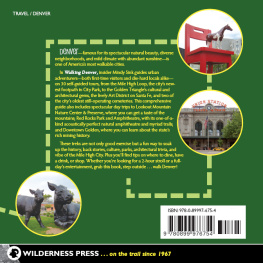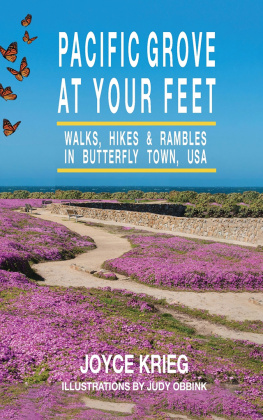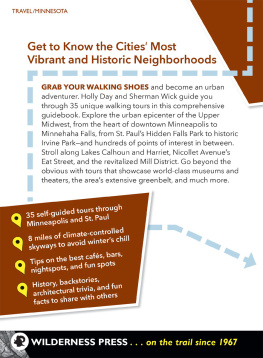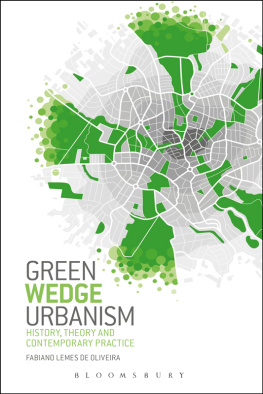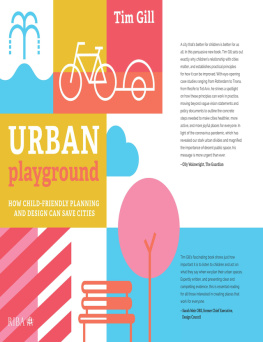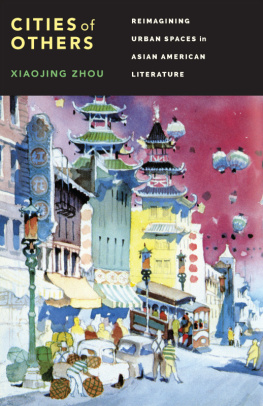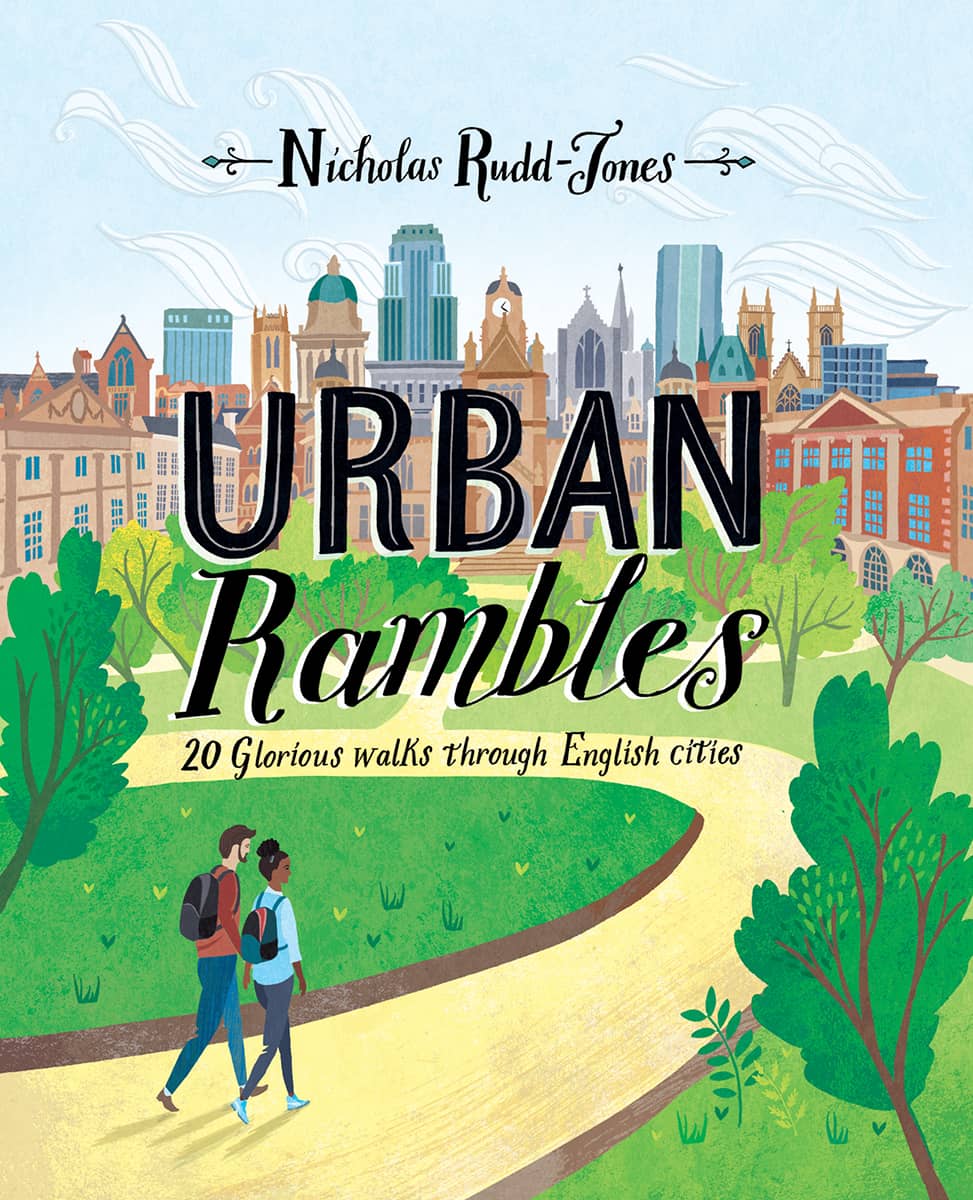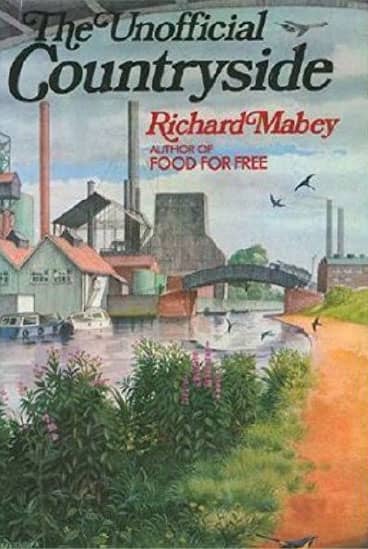
Rus is very nearly as much as urbe in London, green space accounting for 47 per cent of Londons surface area
The Romans were the first to recognise the benefits of rural features within a city; from the Campus Martius transformed into plush parkland by Emperor Augustus to the horti urban villas within a park created by wealthy citizens. Neros palatial Domus Aurea incorporated the cultivated and the untamed simultaneously, housing a multitude of wild and domestic animals, vineyards and tilled lands, offset by the rural seclusion of woods and open ground.
Rus in urbe the country in the city has subsequently been used in Britain to refer to country features created in towns or cities. A thousand newspaper articles today use it as shorthand to describe a desirable new green feature that is proposed or that needs protection in a city. It has become the go-to phrase of green space cognoscenti. It was the phrase that inspired this book.
The invention of the London square
In Britain, the benefits of green spaces in towns were first recognised in the early seventeenth century, when a Commission on Buildings was established to oversee the development of Lincolns Inn Fields, one of the first planned green spaces in the country.
The aim was to ensure that Lincolns Inn Fields was set out with faire and goodlye walks, [which] would be a matter of great ornament to the Citie, pleasure and freshness for the health and recreation of the Inhabitants thereabout, and for the sight and delight of Embassadors and Strangers coming to our Court and Cittie.
The desirability of rus in urbe was soon taken up with enthusiasm by the British aristocracy as they began to create estates in London. St Jamess Square was enclosed in 1726, allowing residents to clean, repair, adorn and beautify the same, in a becoming and graceful manner. Charles Bridgeman, the landscape gardener, was employed to create the illusion. Many squares followed, providing the chance for a spot of tranquillity, fresh air and a reminder of the residents country estates.
I want the town to be impregnated with the beauty of the country, and the country with the intelligence and vivid life of the town WILLIAM MORRIS
The pernicious effect of industrialisation
The square was an enclave usually only accessible to wealthy neighbours. As industrialisation took hold in the nineteenth century, so the gap between town and country grew greater, and the dividing lines became still more entrenched. Explosive population growth and squalid living conditions led to a crisis of the working class in cities.
It was not until the 1830s that things began to change with, among other welfare acts, the publication of the Report of the Select Commission on Public Walks, advocating the provision of public parks in cities as an important factor in improving urban living standards. By the end of the century, every city had at least one municipal park. And towards the end of the nineteenth century visionaries were starting to think about how altogether more pleasant cities could be created. William Morris, in News from Nowhere (1890), a utopian vision, has his observer wake, and finds himself in the London of the twenty-first century. This is what he imagines: The soap-works with their smoke-vomiting chimneys were gone; the engineers works gone; the leadworks gone; and no sound of riveting and hammering came down the west wind I opened my eyes to the sunlight again and looked round me, and cried out among the whispering trees and odorous blossoms, Trafalgar Square!
But the divide between town and country persisted, and perhaps grew even stronger in the inter-war years as aspirations grew and people became more frustrated by the political order. The political emphasis in this period was on housing the Housing Act of 1919 pledged 500,000 homes fit for heroes, within three years and inevitably this was also the period of the rapid growth of the suburb as people strove to escape the confines of city squalor and start a new life with more space and amenities.
The immediate post-war years, 1945-50, were a time of immense social change. As well as the growing provision for health for everyone the NHS was founded in 1947 it was also a golden era for the outdoors, with the Act of Parliament to establish National Parks passed in 1949.
The Green Belt, encircling a dozen of our larger cities, also emerged out of this furnace of social revolution and remains intact to this day. There was a strong desire to avoid further urban sprawl, along the lines that was being witnessed in American cities; and to that end the Town & Country Planning Act was passed in 1947, allowing local authorities to include green belt proposals in their development plans. As the campaigning journalist Ian Nairn so memorably remarked in 1966: When the green belt came into force, the outward swell of building stopped dead there is a terrifying forty miles of solid brickwork behind those demure-looking semis two fields away. You feel as Canute might have on the beach, but unexpectedly successful.
The Clean Air Act of 1956 made it much more pleasant to be outside in cities. In response to Londons Great Smog of 1952, with fog so thick it killed more than 10,000 people and on occasion stopped trains, cars and public events, the government introduced a number of measures to reduce air pollution, especially by introducing smoke control areas in which only smokeless fuels could be burnt.
But the need for rapid homebuilding to replace the war damage, the growth in traffic and its associated safety risks, and a planning doctrine which manifested the view that motorists and pedestrians should be segregated through the use of flyovers, clearways and gyratory systems, all dramatically reduced the pleasure and ease of walking through cities.
Londons dense smog made city walking very undesirable
Traffic in Towns advocated the separation of cars from walkers, with cars in the ascendancy
The Unofficial Countryside finally changed the perceptions of city versus country
The fight back begins
Ian Nairn began his famous fight back against this tide of traffic-justified despoliation in the Outrage issue of the Architectural Review in 1956, in which he attacked post-war planners destruction of Britain. But it was not until the 1980s that cities began to emerge from these dead-end policies that so blighted their centres, making them most unwelcoming places to walk through.


